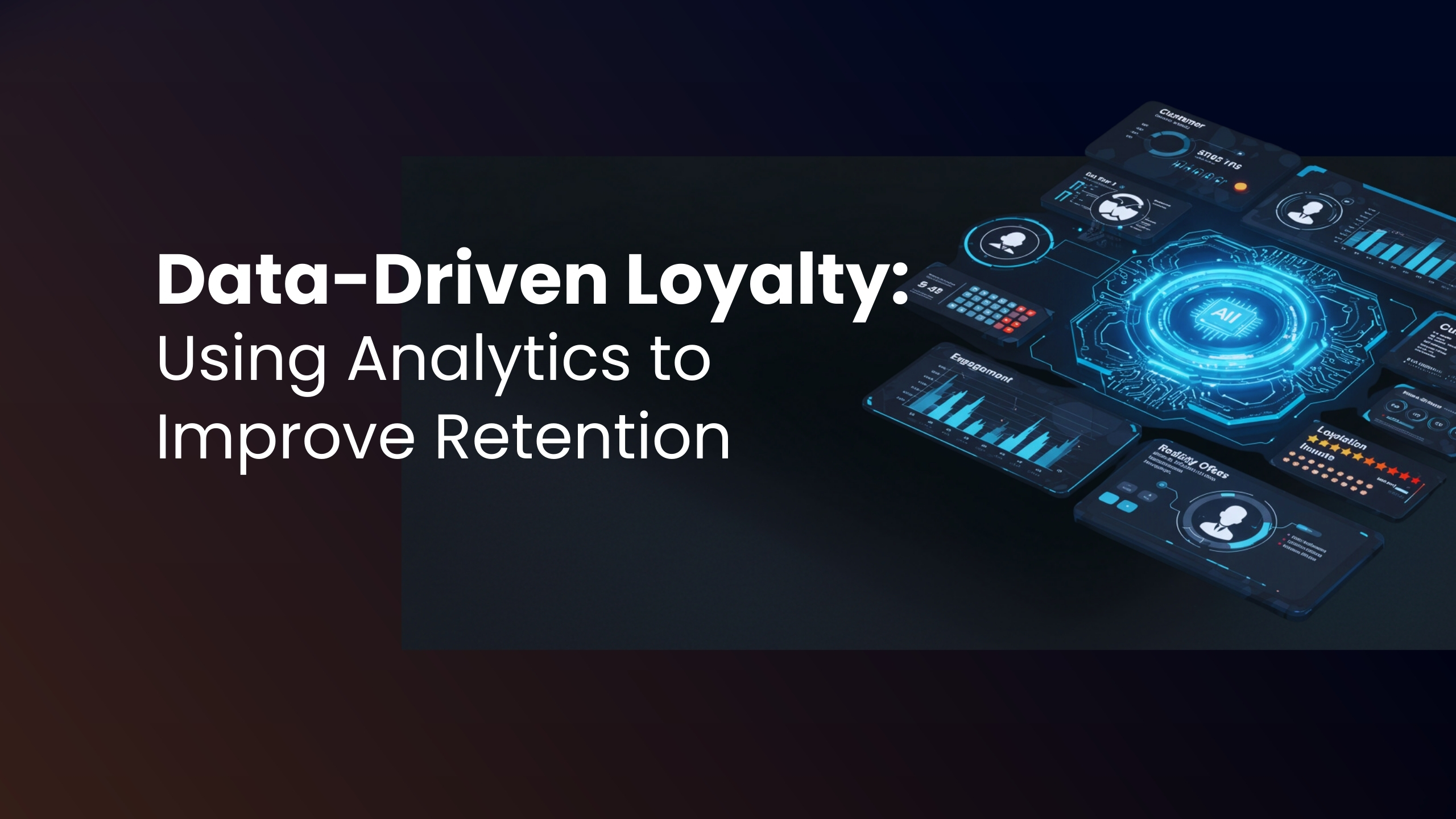Data-Driven Loyalty: Using Analytics to Improve Retention
- The Importance of Data in Customer Retention
Customer retention is more cost-effective than acquisition, making it a top priority for brands. With data analytics, businesses can understand customer behaviors, predict churn, and tailor experiences to improve satisfaction and long-term loyalty. Machine learning algorithms further refine these predictions, enabling businesses to stay ahead of customer needs.
- Key Metrics That Drive Retention
To make informed decisions, brands should track:
Customer Lifetime Value (CLV): Measures the total revenue a customer generates over time.
Churn Rate: Indicates how many customers leave over a given period.
Repeat Purchase Rate: Shows how often customers return to buy again.
Engagement Metrics: Tracks interactions across websites, emails, and apps.
Net Promoter Score (NPS): Measures customer satisfaction and likelihood of referrals.
Predictive Retention Scores: Uses AI to estimate the probability of customer churn and engagement levels.
- How Businesses Use Analytics to Strengthen Loyalty
Personalization & Segmentation: Using customer data, businesses can segment audiences and deliver hyper-personalized recommendations, emails, and promotions.
Predictive Analytics for Proactive Engagement: AI-powered tools analyze past behavior to predict when a customer might churn, allowing businesses to intervene with targeted offers or customer service outreach.
Omnichannel Tracking & Optimization: Brands track customer journeys across platforms to refine marketing and customer service strategies.
Real-Time Feedback & Adjustments: Gathering customer feedback through surveys and social listening enables brands to adjust offerings quickly and improve satisfaction.
Automated Loyalty Triggers: Businesses set up AI-driven systems that reward customers based on behavioral patterns, such as milestone achievements or repeat engagement.
- Real-World Examples of Data-Driven Loyalty Programs
Amazon Prime: Uses data to personalize product recommendations and improve customer retention through exclusive benefits.
Starbucks Rewards: Tracks purchase history to offer personalized discounts and incentives, boosting engagement.
Nike Membership: Uses digital touchpoints like apps and social media interactions to enhance brand loyalty with personalized content and experiences.
Sephora Beauty Insider: Leverages customer data to create tiered loyalty rewards, encouraging repeat purchases and brand advocacy.
- Challenges in Implementing Data-Driven Loyalty & How to Overcome Them
Data Privacy Concerns: Brands must be transparent about data collection and comply with regulations like GDPR and CCPA.
Integration with Existing Systems: Ensure seamless data flow across CRM, analytics tools, and marketing platforms.
Actionable Insights Over Data Overload: Focus on key performance indicators (KPIs) that directly impact customer retention and loyalty.
Customer Trust & Transparency: Clearly communicate how customer data is used to enhance experiences, ensuring ethical data usage.
Conclusion
Data-driven loyalty strategies empower businesses to create personalized, engaging customer experiences that drive long-term retention. By leveraging analytics effectively, brands can anticipate customer needs, minimize churn, and enhance overall satisfaction, leading to sustained business growth. Implementing AI-driven insights ensures proactive customer engagement, making loyalty efforts more effective and measurable.

